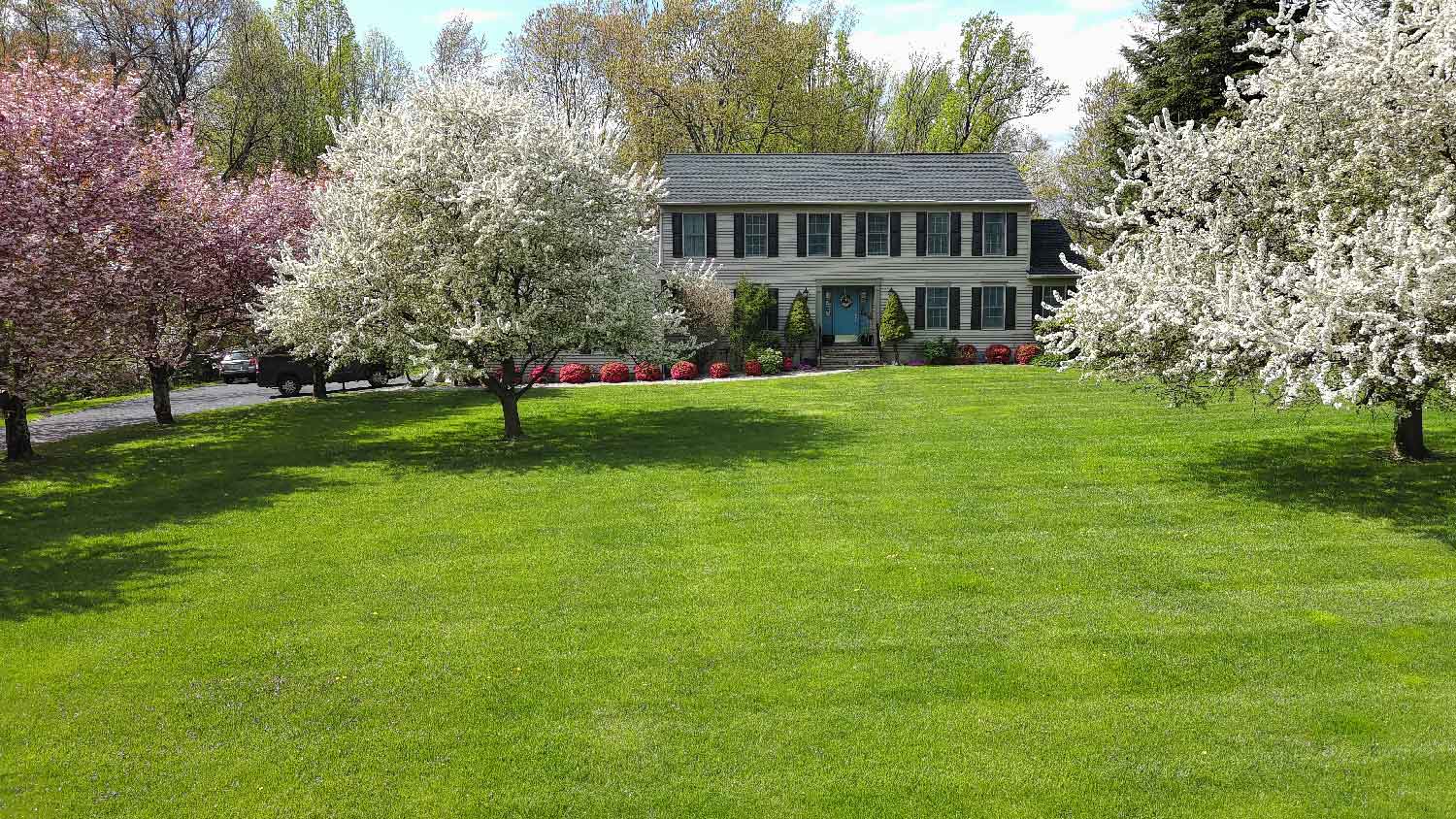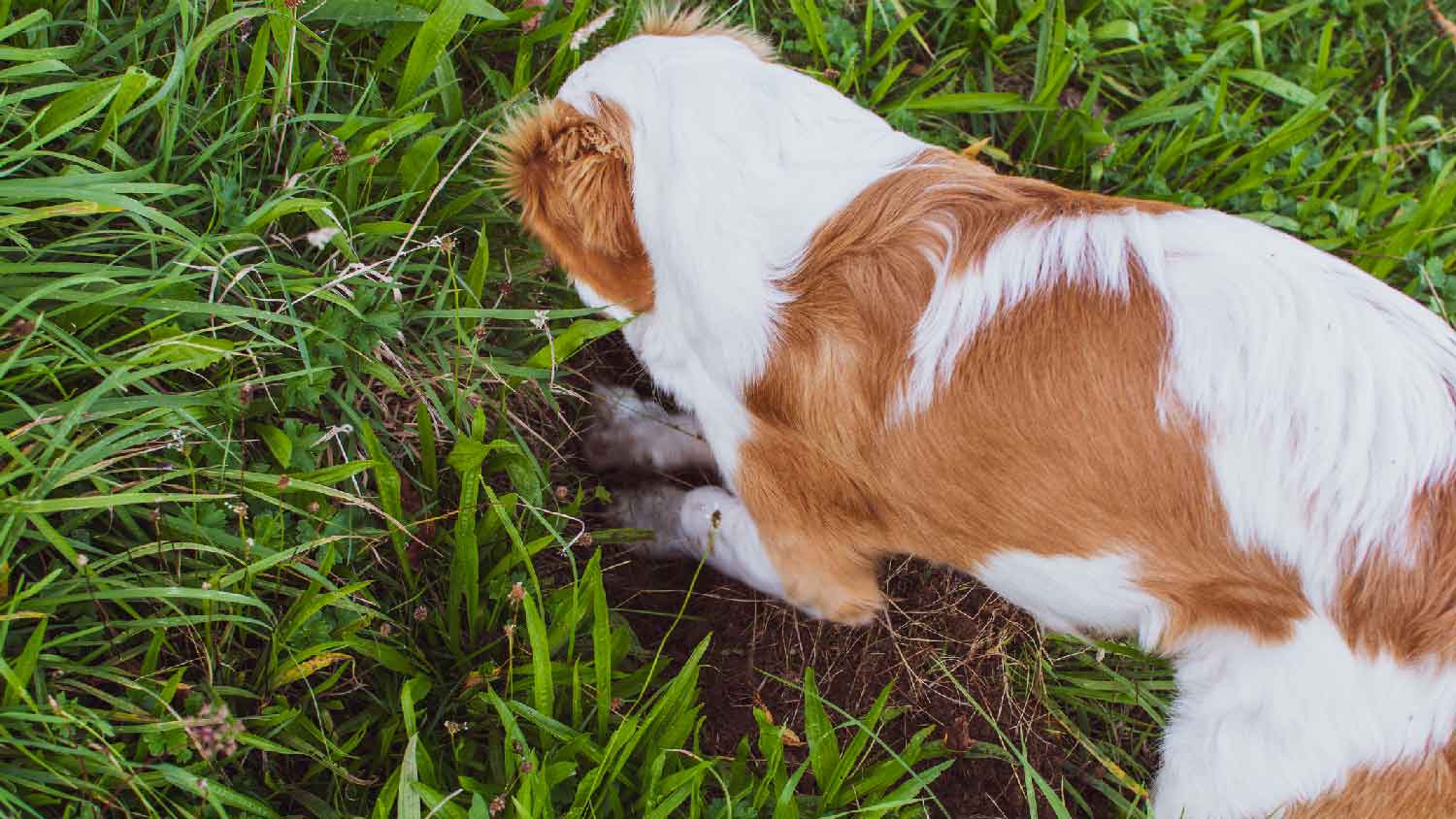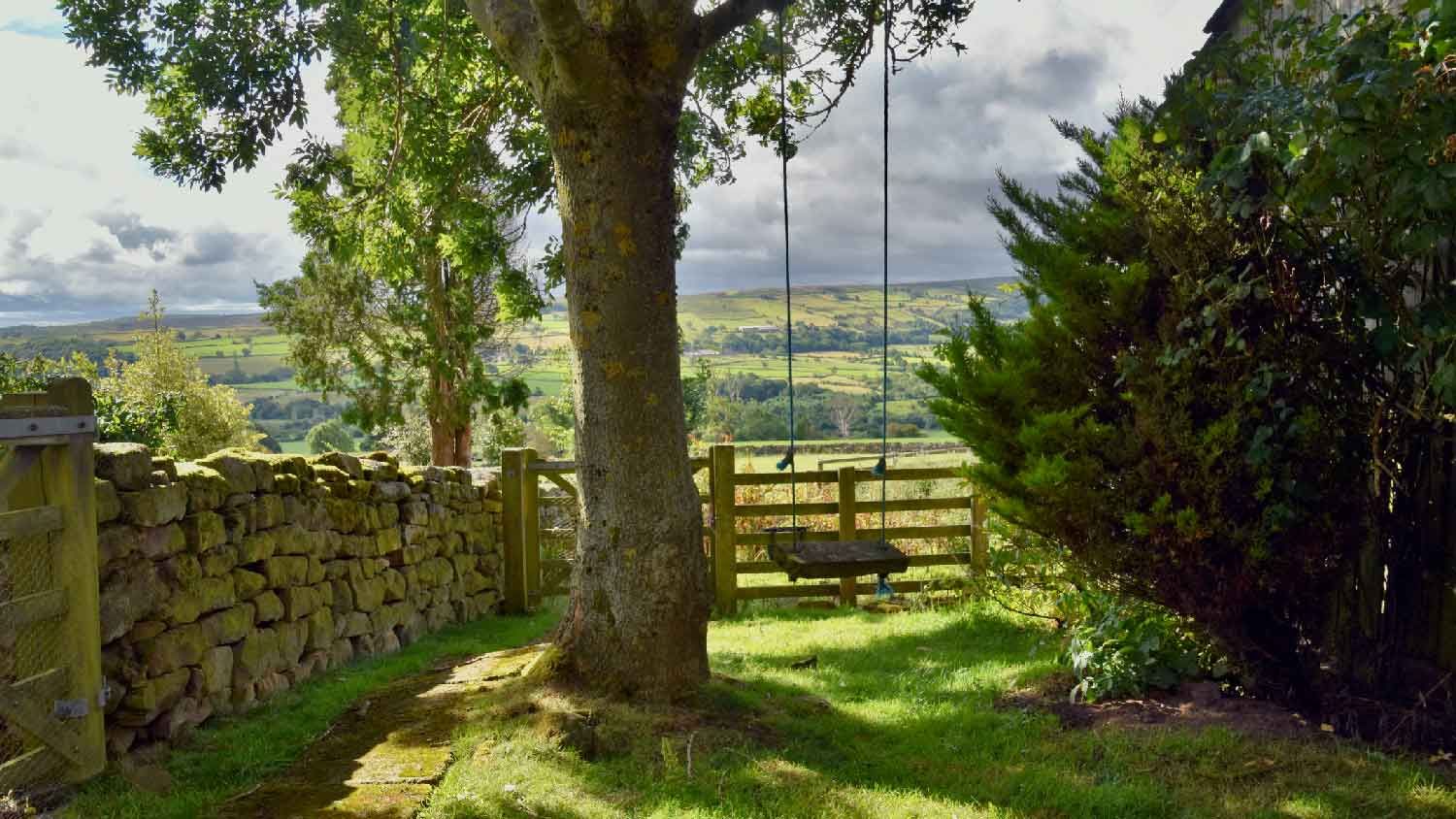Why Is My Yard Lumpy? 5 Common Problems and Solutions
The road to a lump-free lawn doesn’t have to be bumpy


Lumps can be caused by changing weather, animals, equipment, or tree roots.
Improving lawn health can prevent lumps from forming.
A DIYer can address minor lumps, but significant issues should be left to a pro
There’s nothing quite like looking out on a lush, green lawn on a bright summer day. But if your lawn has lumps and bumps, it might be more of an eyesore than an asset. If you’ve been asking yourself, “Why is my yard lumpy?” this guide will help you determine the most likely cause and the best solution to your lawn woes.
1. Freeze-Thaw Cycles
When the soil in your yard freezes and thaws, it can heave up, causing lumps and uneven patches. The result may be similar to when a carpet buckles and bunches up in your home.
The Solution
Aerate and reseed the lawn to encourage growth in bare or bumpy areas. A well-aerated lawn with healthy growth will better resist the bumps caused by freeze-thaw cycles.
2. Earthworms
Earthworms help enrich the soil to make it healthier, but they can also create casings on the lawn’s surface that leave unsightly lumps and bumps in your yard. The presence of earthworms suggests your soil is fertile and healthy.
The Solution
Earthworms are highly beneficial; removing them from your yard is never recommended. Instead, work on thickening your lawn by overseeding it to encourage thicker grass growth that will disguise the casings.
3. Digging Animals

Many animals dig holes in your yard, whether searching for food or a safe place to shelter. Voles, moles, and groundhogs can dig extensive burrow systems under your yard, causing lumps to appear. And if your dog loves to dig, you might find several lumpy spots where they’ve dug holes.
The Solution
The best solution to this problem depends on the type of animal digging holes in your yard. Installing motion-sensing lights can deter skunks, while spraying predator urine on burrow entrances could encourage groundhogs to move on. Consider hiring a local wildlife control service to help you stop digging animals from visiting your yard.
4. Heavy Garden Equipment
Overusing heavy garden equipment can cause lumpy ruts or holes in your lawn. If you tend to mow your lawn in the same pattern repeatedly, you may notice grooves or ruts developing.
The Solution
Vary your mowing pattern to prevent ruts from building up, and check that you’re using your gardening equipment correctly.
5. Tree Roots

The lumps and bumps in your yard could be caused by tree roots growing too close to the surface. Left alone, the roots can grow toward your home’s foundation and cause structural issues.
The Solution
A local tree removal pro can determine the best way to remove tree roots from your yard. You can also cover surface roots by applying topsoil over them—or just remove the grass from that area and mulch it instead to even it out.
When to Call a Pro
Small lumps in your yard can be addressed by aerating the lawn or applying topsoil to even out bumpy areas. Focusing on your lawn’s health can help prevent future lumps from appearing and making your yard look uneven. However, excessively lumpy yards (or infestations of digging animals) are best left to a pro.
A lawn care professional near you can determine why your yard is lumpy and offer suggestions for remedying the problem. They might suggest a lawn care plan to improve the health of your yard, including fertilization, aeration, and dethatching. Lawn care costs between $100 and $500, depending on the services provided
Frequently Asked Questions
The best way to fix a lumpy yard depends on the cause. However, in many cases, you can address yard lumps by improving the health of your soil and turfgrass. Choose grass varieties that are best suited for your area and look for disease-resistant varieties. Fertilize and water your lawn as needed to keep it looking lush throughout the warmer months. Mow your grass at a height of 2 to 3 inches once or twice a week.
If you notice small bumps on your lawn, you can flatten them by gently treading them down when the ground is wet. A lawn with larger lumps may need to be regraded by a professional to flatten it out and improve the overall drainage of the yard to prevent future lumps from forming.
The growth of tall fescue grass often causes clumps of grass in your lawn. Avoid pulling up the clumps, as it won’t effectively remove them. Instead, dig out clumps and their roots when you notice them early in the growing season. Herbicides can also treat grass clumps, but they can also affect other plants you might not want to kill, so use them sparingly and always follow manufacturer instructions.














